Trying to water plants on hot days can seem like a mammoth task, but this summer there’s no need to feel like you’re drowning. Here’s some watering advice to get plants this vital resource in bucketful’s and help you to weather the dry spells.
Liquid to last
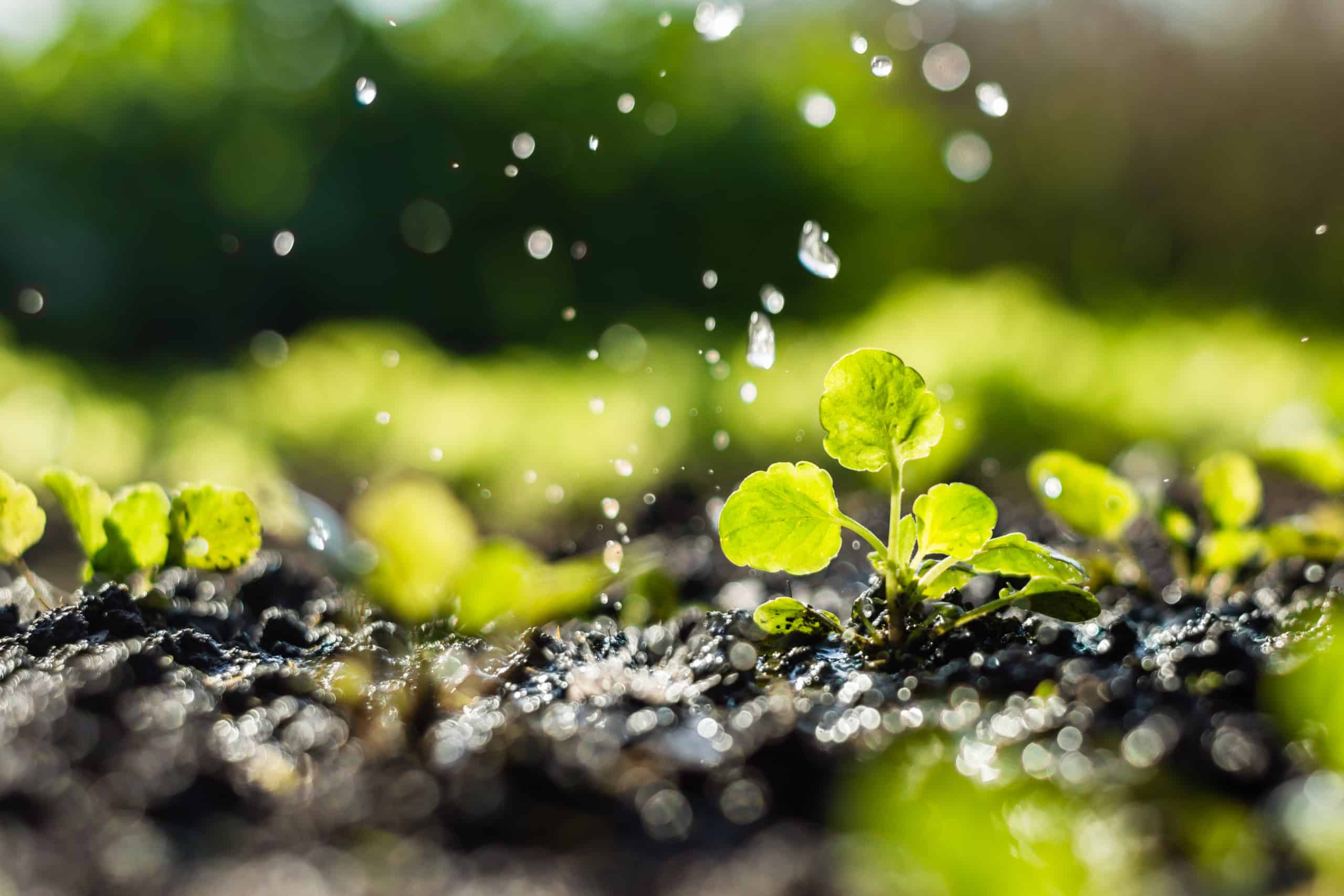
To make the most of what you’re already doing, ensure you water the soil to a depth of 20cm by inserting a soil moisture metre.
You can pick these up for under ten pounds and they save having to check moisture by digging up earth and disturbing delicate root systems.
Moisture depth is important because it means that the water is reaching plant roots. As these aren’t exposed to sun, like the top layers of soil are, risk of evaporation is lower so it’s far more efficient.
Getting the right amount of water to each of your plants is a balancing act. In general, the darker the leaves the more heat they absorb and water they need.
For baskets and boxes, there’s no need to drown them in water until it’s dripping from the bottom. Little and often is best, so try a teacup full of water each day to keep small containerised plants content.
Or, use this handy trick to give your plants some extra moisture.
Grey to green
Mains water should always be used sparingly. In peak times, water companies make up for the demand by using groundwater supplies which is bad for the environment—it means they put up prices too.
Grey water can be a resource in such times, but it’s best to understand that this type of water source can also contain contaminants which are bad for soil and edible plants. Instead, some smart watering practices will mean you actually need to water less.
Try giving your garden a drink in early morning or evening to cut down on water evaporation and moving pots into the shade.
If a potted plant has completely dried out, instead of water pooling on the soil’s now crusted surface or running straight off, dunk it into a bucket of water until all the escaping bubbles stop coming out.
You can then repeat and reuse this water for the other plant pots that need it.
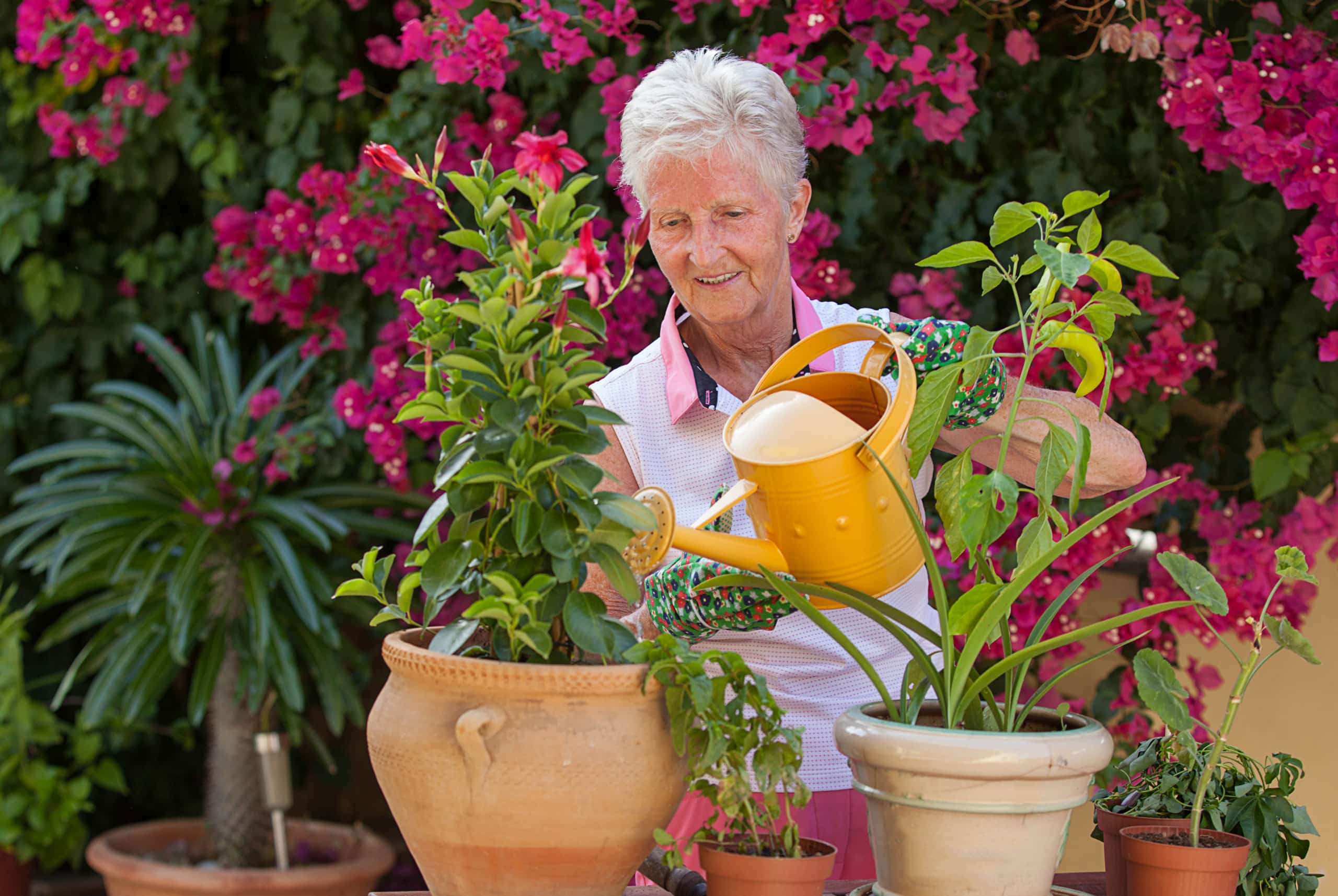
Be sure to store
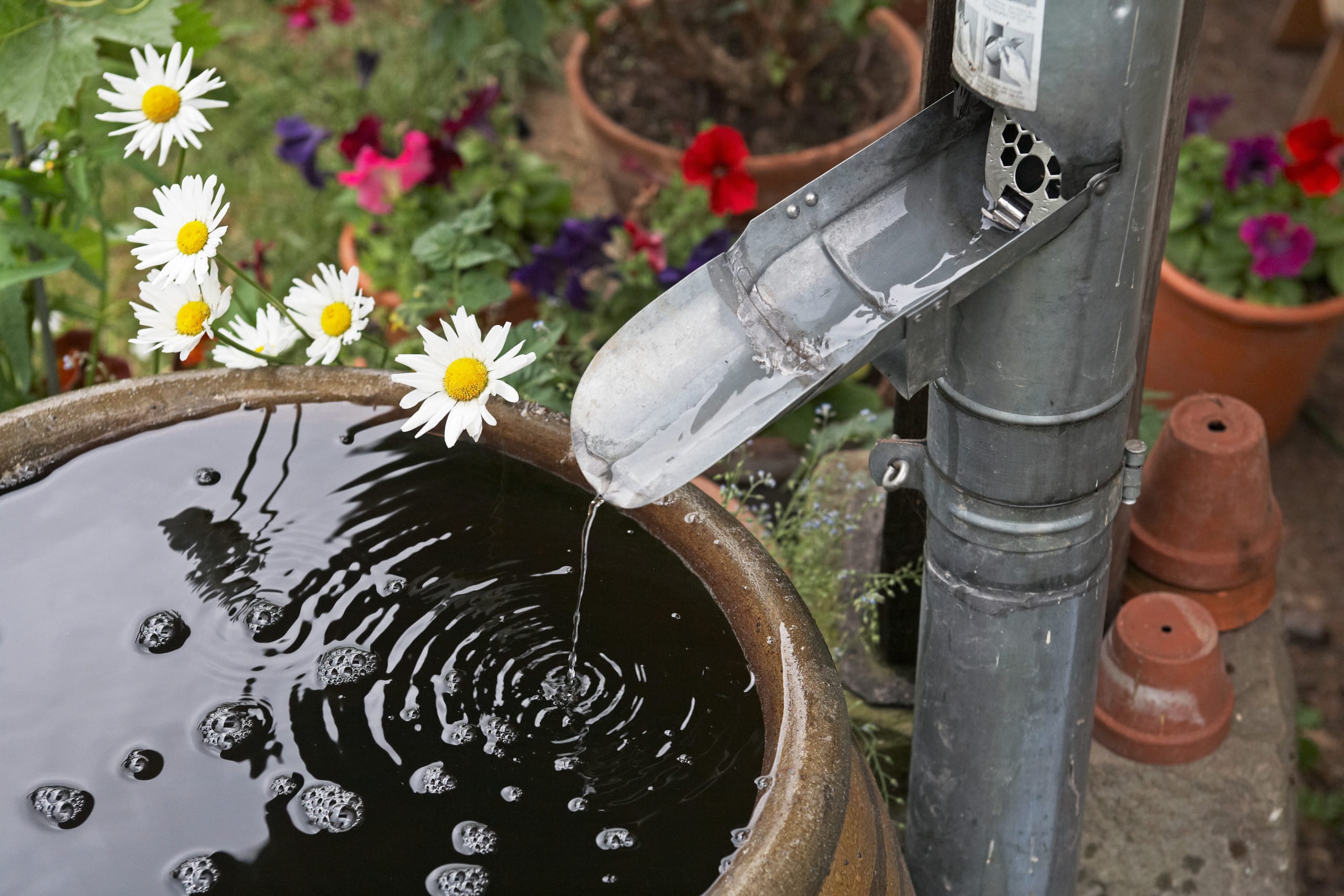
Water storing is another facet to gardening that’s worth exploring if you haven’t already.
A typical water butt holds about 200 litres and this will only keep one medium-sized container watered over the summer.
For larger gardens, you can install a rainwater-harvesting system, but these can be rather pricey if not installed when the house is being built.
However this forward planning will hugely benefit your plants with a reliable water supply and is kinder to the environment too.
Poor drainage can be just as detrimental to plant growth as underwatering. Waterlogged soils cause root damage and may even lead to flooding.
Soil cultivation can help, especially with moisture-heavy clay soils. You can actually help prepare soils over autumn and winter by adding in organic matter to assist in retaining moisture.
Shower power
When giving plants a good dousing, a hose that can give multiple settings is always best.
This is because the spread and intensity of cover will need to adapt for each plant and situation. For instance, delicate or young plants need a gentle shower, whereas dense foliage or established growth will benefit from a vigorous soaking.
A rubber, rather than plastic, hose like the YOYO from FITT gives this level of control and delivers in practicality too in that it doesn’t kink, it expands for use and then shrinks down for compact and simple storage as well.
With your pots, containers and hanging baskets, you may want to add water holding ability with hydration crystals, which are small crystals that expand into gel and hold moisture into the soil.
Add them into the heart of pots and containers with fast growing plants, a fine-textured growing medium will help them be most effective. When you apply them, do so very sparingly at the manufacturers recommended rate.
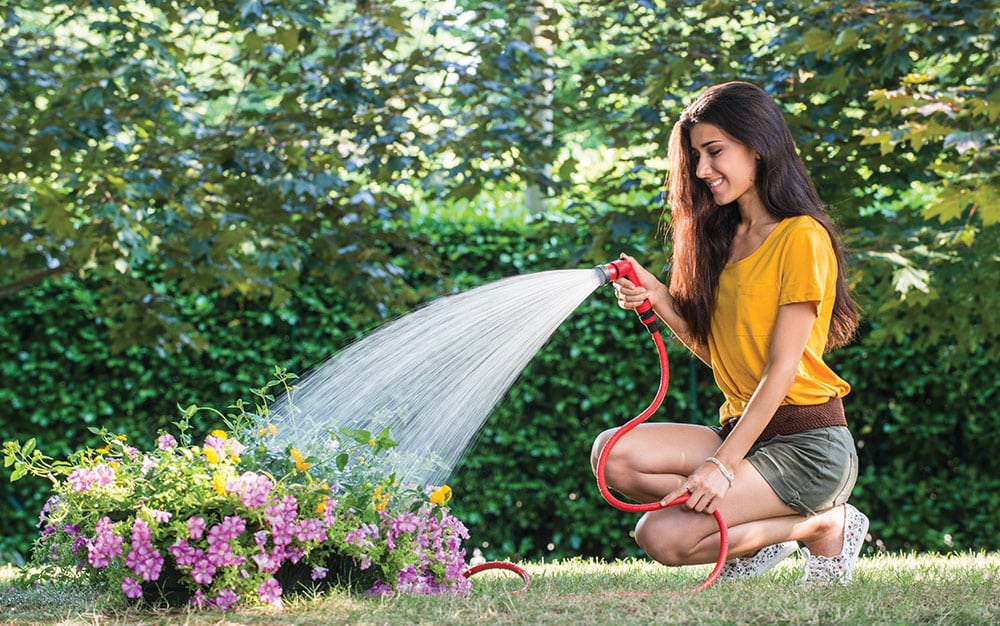
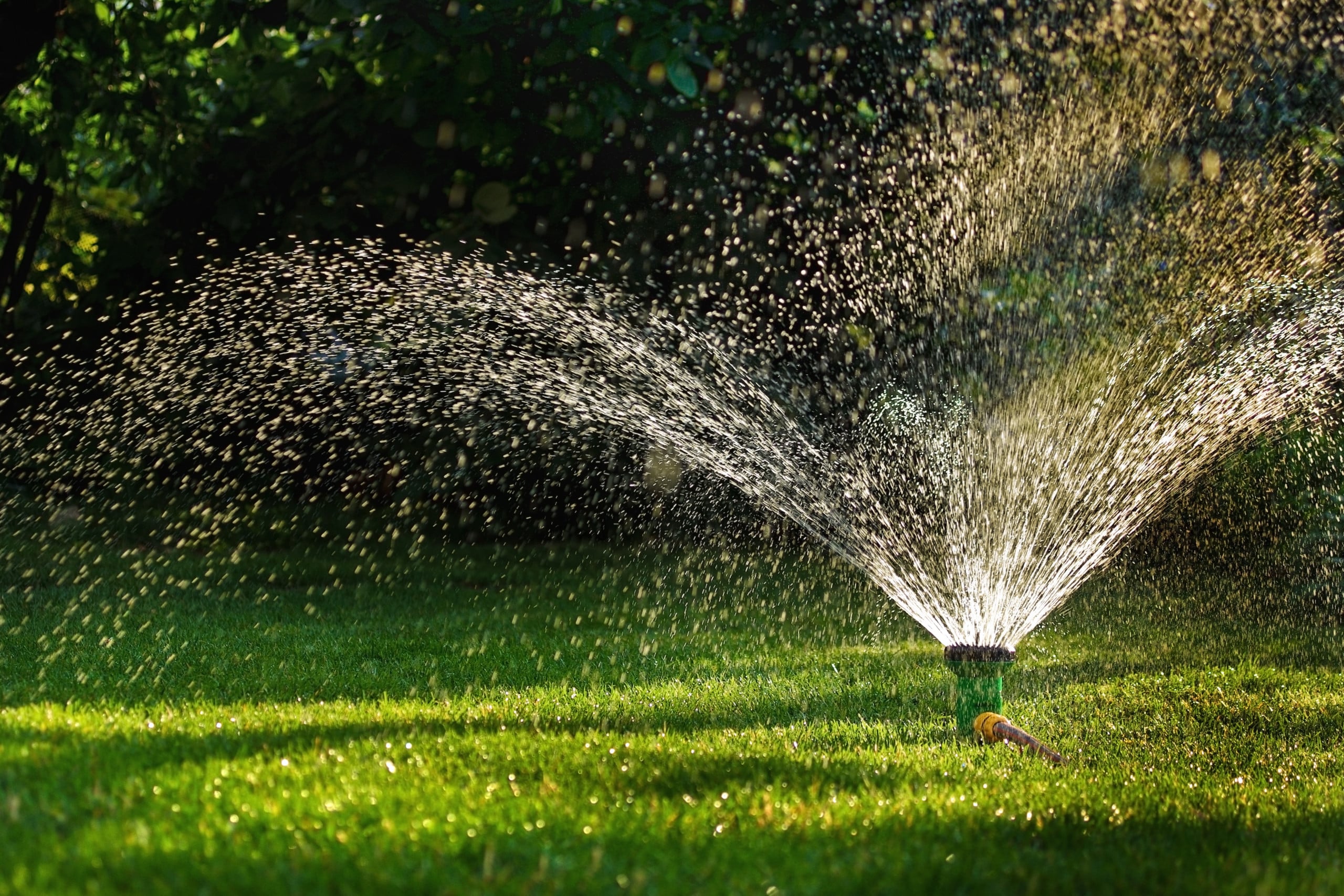
For fruits and vegetables, turn to an oscillating sprinkler—which sounds intimidating but refers to a stationary sprinkler whose nozzle moves to cover a greater surface area.
Fix these up to an automatic timer and they’re a simple way to water during busy summer schedules.
This is especially important with crops like pumpkins, cucumbers or tomatoes where, if they dry out, the skin contracts and then when moisture returns it expands and tears.
These automatic timers can’t adapt to unpredictable weather though.
So, for this, automatic irrigation controls are available to the home gardener—with sensors that turn off the water when it is raining or when the soil is too moist.
No longer feel as if you’re navigating the rocky waters of watering and instead follow my helpful hints to keep things afloat during the dryer spells.
Tip:
Mount some wire
baskets on your shed wall, saving you shelving space
for other things. This will also keep
your veggie produce off
the floor.
Reader questions
Why is my California lilac tree yellowing on the leaves?
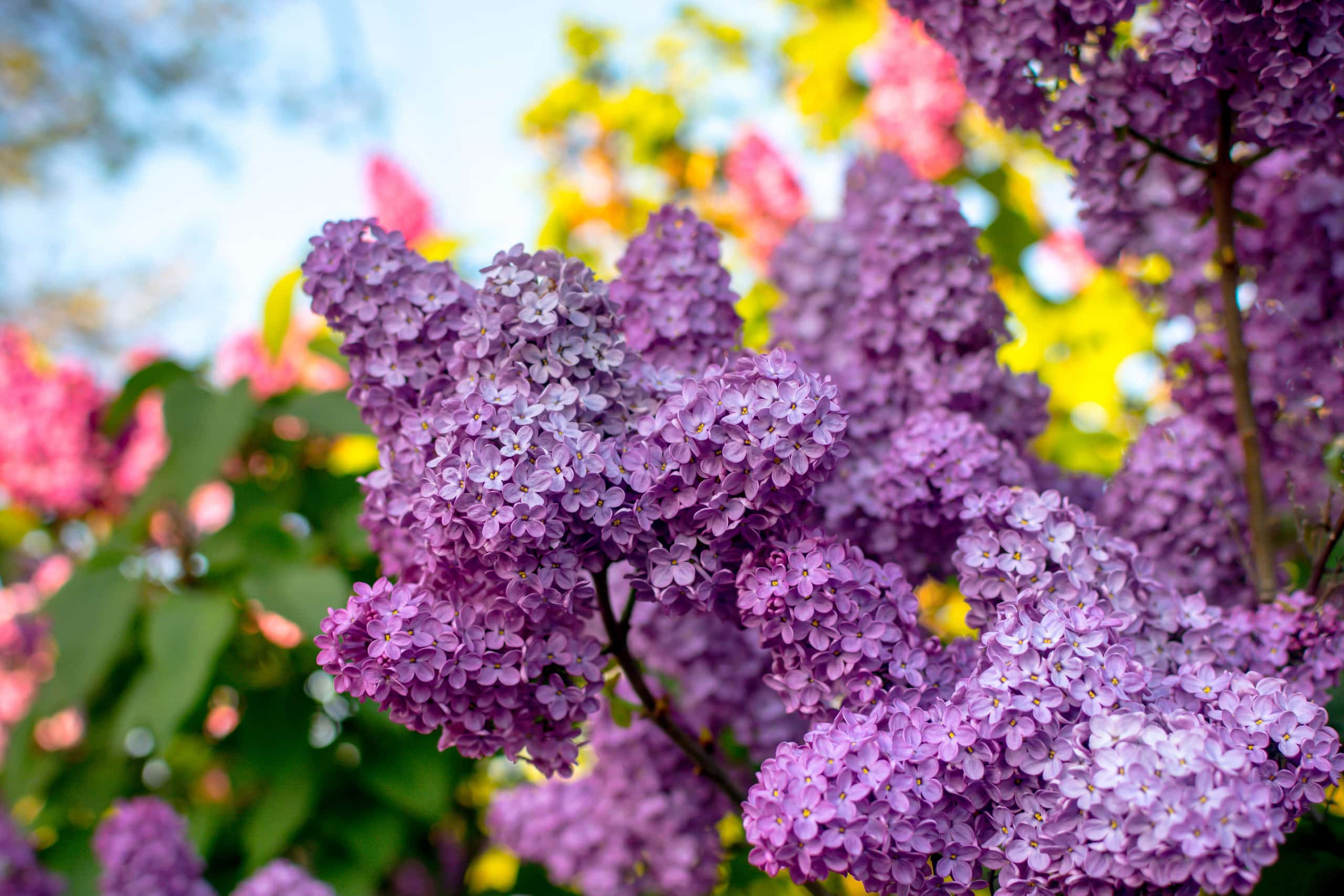
The yellow leaves are a sign of nitrogen or iron deficiency in the soil. Adding mulch with organic matter will help fix this problem and keep your tree healthy look healthy, though it may take some cutting back and a foliage feed containing iron for new growth to benefit.
Should I keep deadheading roses?
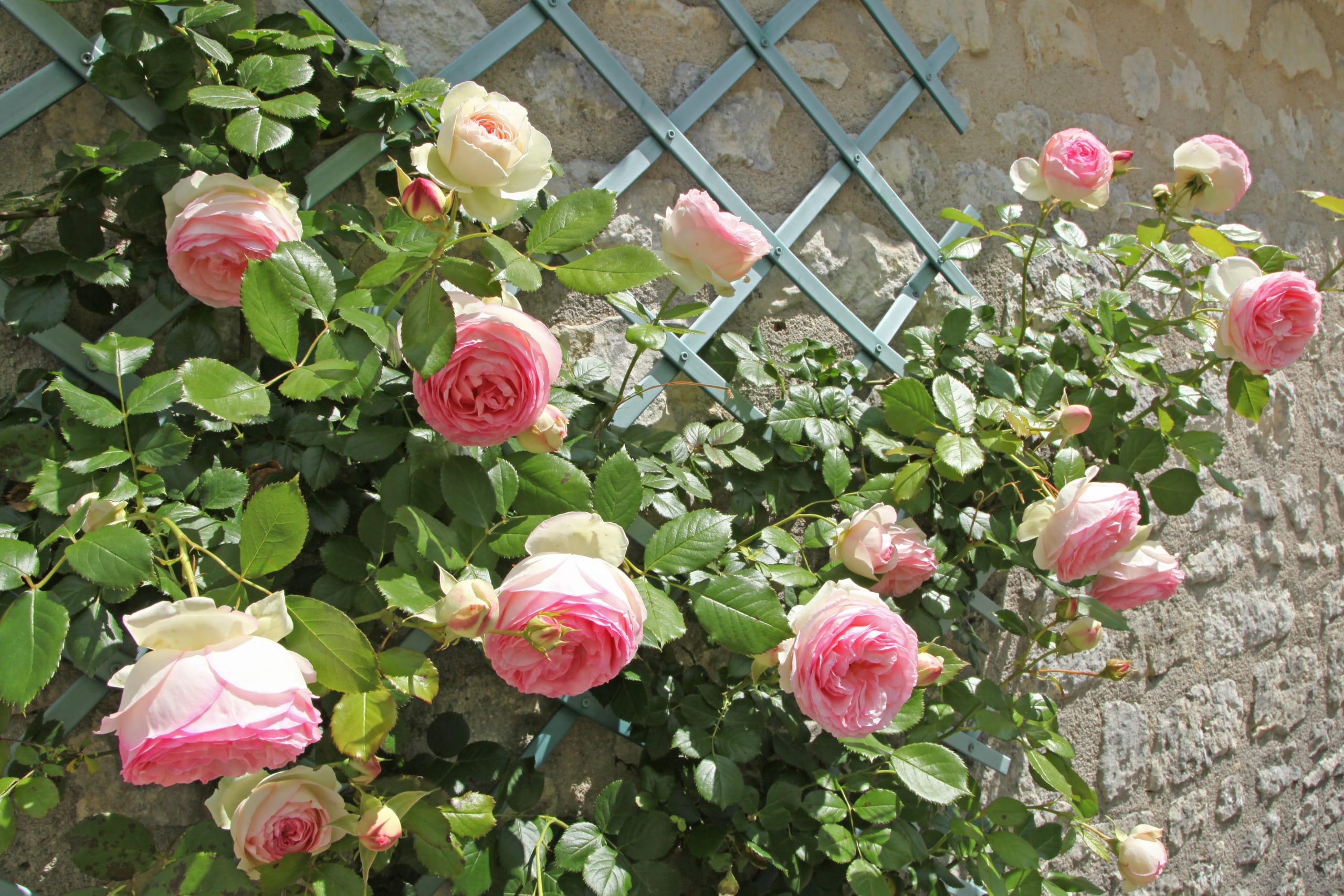
Yes, regular deadheading will keep the plant producing more flowers. Do it all summer and early autumn. The only time you might avoid deadheading is for rose cultivars that bear hips in the autumn as these can then be harvested.
David Domoney is a Chartered Horticulturalist, Broadcaster, and Author. David has worked with a number of the UK’s leading garden retailers as a plant buyer and strategic consultant. With more than 30 years experience, in horticulture, David is as passionate about plants now as he was when he bought his first plant at a village fete.

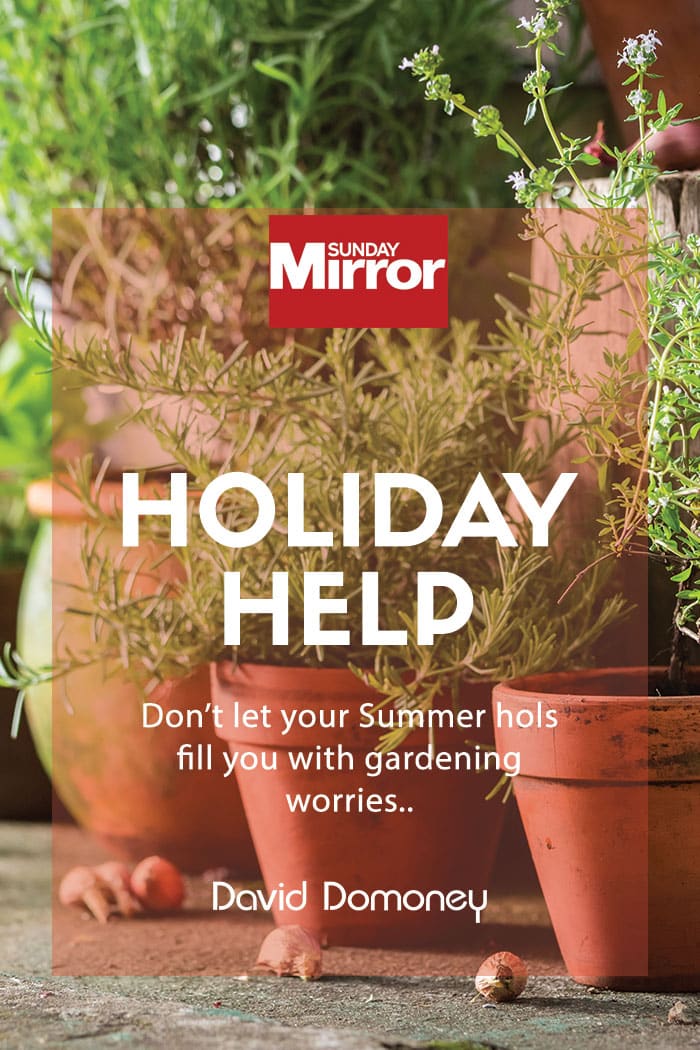


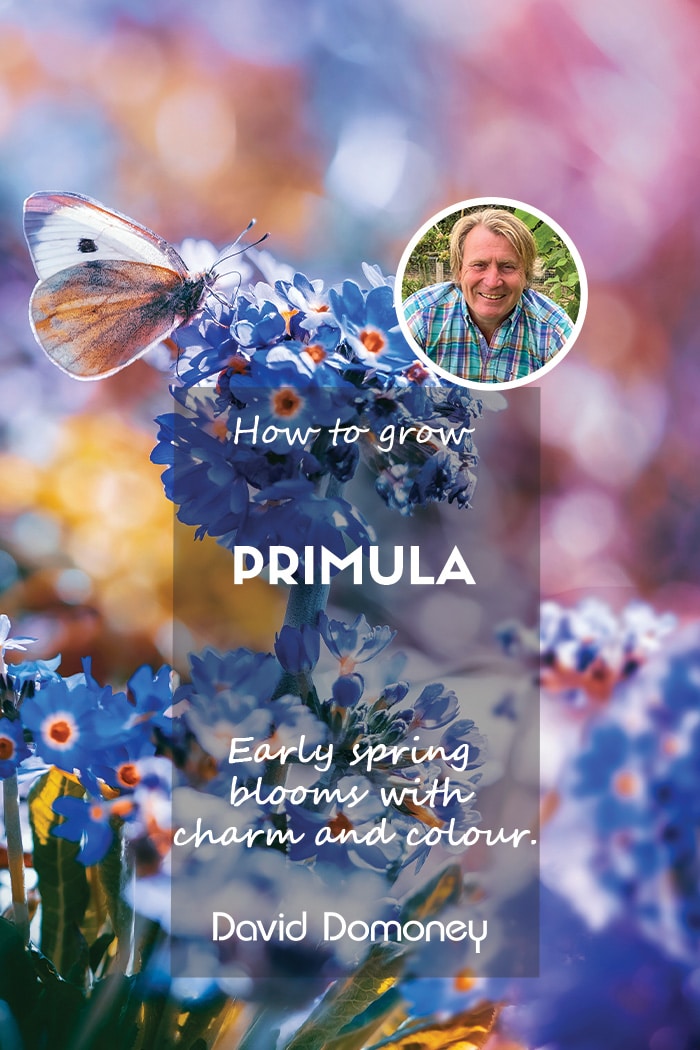

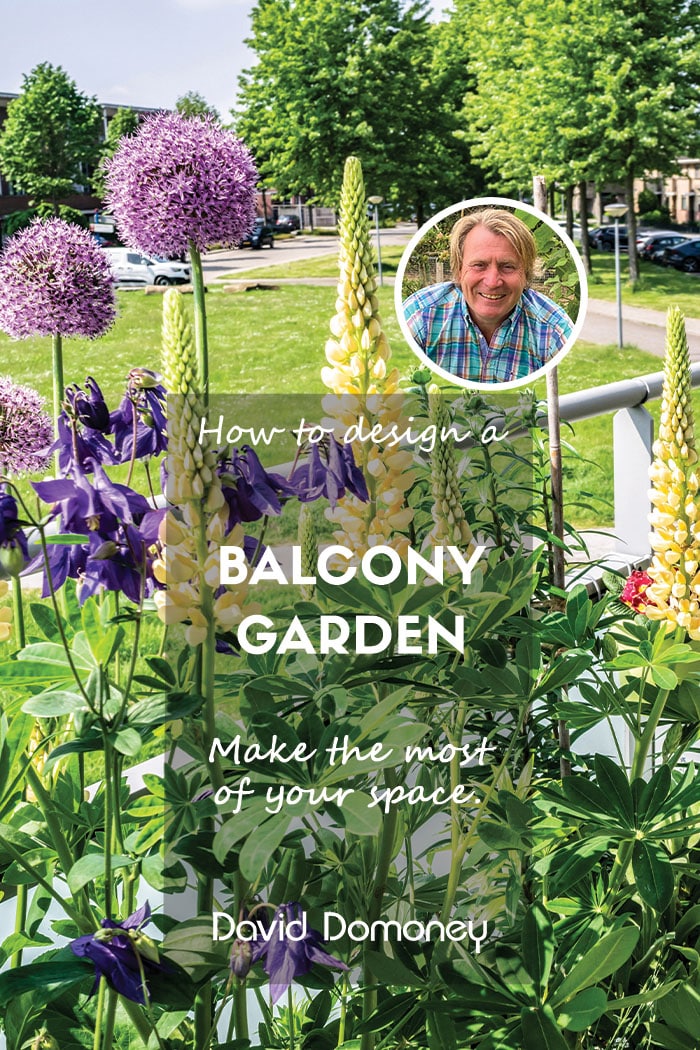
Leave A Comment